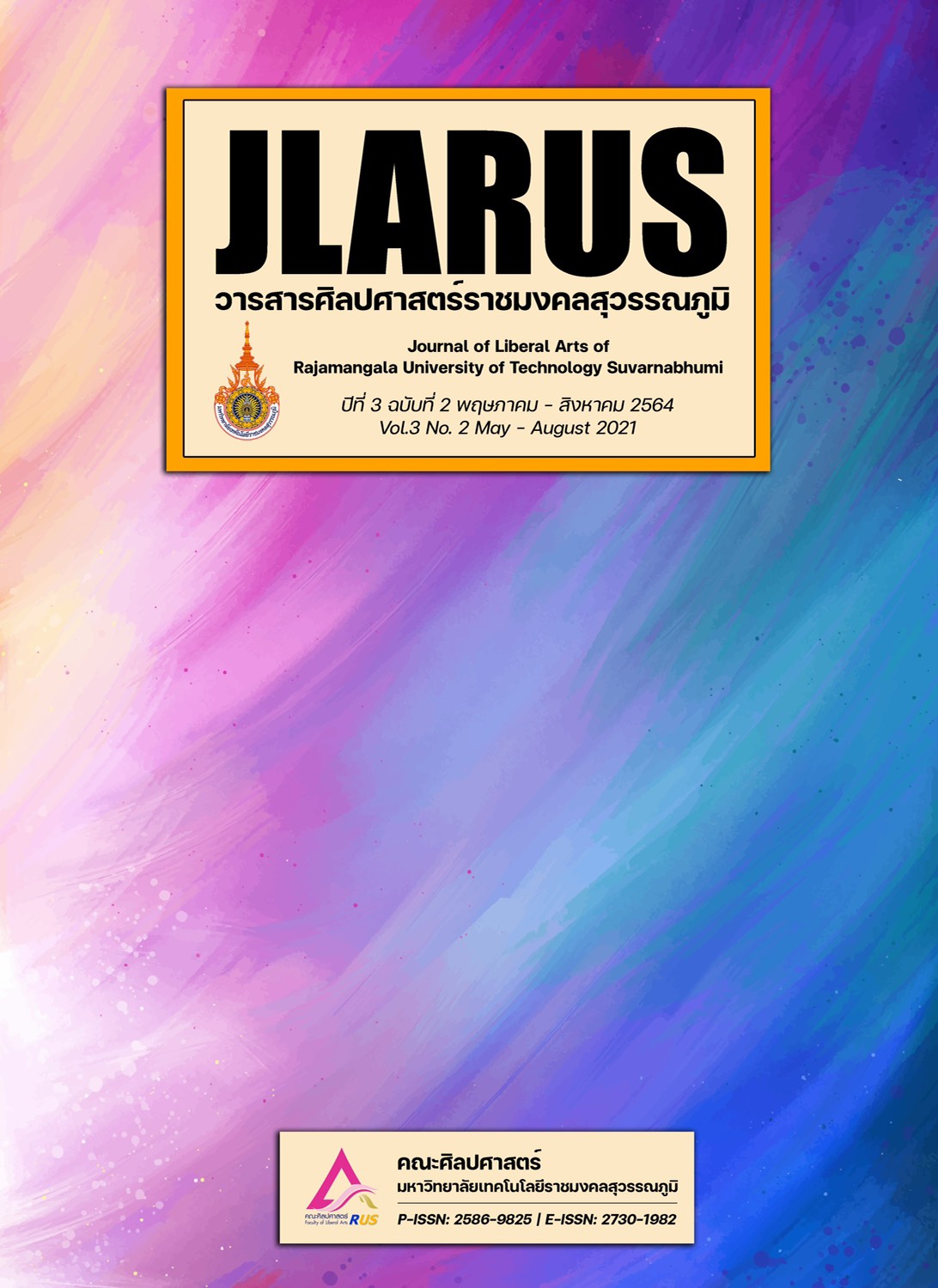MODEL OF CONNECTING THE SUPPLY CHAIN MANAGEMENT OF AGRICULTURAL PRODUCTS TOWARDS HOTEL AND HOSPITALITY BUSINESSES IN AYUTTHAYA PROVINCE
Main Article Content
Abstract
The purposes of this research paper are: 1) to survey the demand for agricultural products quality in hotel and hospitality business in Phra Nakhon Si Ayutthaya province, 2) to study the efficiency of supply chain management of agricultural products in hotel and hospitality business in Phra Nakhon Si Ayutthaya province, and 3) to develop the model of supply chain management of agricultural product connectivity towards hotel and hospitality business in Phra Nakhon Si Ayutthaya province. The population of the study was farmers, farmer leaders, government officers, stakeholders and chief executives of hotel and hospitality business sector. The obtained quantitative data were analyzed with descriptive statistics whereas qualitative data were analyzed by using content analysis.
The findings indicated that the development of the model for the supply chain management of agricultural product connectivity towards hotel and hospitality business in Phra Nakhon Si Ayutthaya province depended on the simulation of supply chain management of agricultural products connectivity towards the hotel and hospitality business sector which is called S-MICE Model to apply the knowledge model related to supply chain innovation management and various factors contributing to the development of an efficient mechanism for selling safe agricultural products effectively leading to the success. The issues that play an important role from upstream, midstream and downstream by using technology applied to the work performance, management system, planning, ordering, storage system and transportation. The management of safe agricultural product delivery as a result of good health for consumers has therefore created new experiences to create value for farmers, hotel and hospitality business sector and has passed on to consumers.
Article Details
References
กุลพงษ์ ยูนิพันธุ์ และกฤษดา วิศวธีรานนท์. (2548). Supply Chain & Logistics: ทฤษฎีและตัวอย่างจริง. กรุงเทพมหานคร: สมาคมส่งเสริมเทคโนโลยี (ไทย-ญี่ปุ่น).
เฉลิมศักดิ์ ตุ้มหิรัญ, จินดา ขลิบทอง, และเพชร ทวีวงษ์. (2561). การพัฒนารูปแบบการสื่อสารเพื่อการส่งเสริมการ ท่องเที่ยวเชิงเกษตรอย่างยั่งยืน. TLA Research Journal, 11(1), 48-62.
มิ่งสรรพ์ ขาวสะอาด. (2550). การบรรยายเรื่องโลจิสติกส์สำหรับการท่องเที่ยของประเทศญี่ปุ่น. เชียงใหม่: สถาบันวิจัยสังคม มหาวิทยาลัยเชียงใหม่.
วิทยา สุหฤทดำรง. (2546). ลอจิสติกสและการจัดการโซอุปทานอธิบายไดงายนิดเดียว. กรุงเทพมหานคร: ซีเอ็ดยูเคชั่น.
สถาบันวิจัยเพื่อการพัฒนาประเทศไทย. (2553). โครงการศึกษาแนวทางการจัดการห่วงโซ่อุปทานและโลจิสติกส์ของสินค้าเกษตรภายใต้โครงการการศึกษาวิจัยตลอดจนติดตามประเมินผลเพื่อเสนอแนวทางนโยบายการปรับโครงสร้างภาคการผลิตการค้าและการลงทุน. กรุงเทพมหานคร: สำนักงานคณะกรรมการพัฒนาการเศรษฐกิจและสังคมแห่งชาติ.
สำนักงานเศรษฐกิจการเกษตร. (2562). ภาวะเศรษฐกิจการเกษตร ปี 2562 และแนวโน้มปี 2563. กรุงเทพมหานคร: กองนโยบายและแผนพัฒนาการเกษตร กระทรวงเกษตรและสหกรณ์.
สุดารัตน์ พิมลรัตนกานต์. (2560). การจัดการห่วงโซ่อุปทานของสินค้าเกษตรกล้วยไม้ในอำเภอพุทธมณฑล จังหวัดนครปฐม. วารสารมหาวิทยาลัยศิลปากร (มนุษยศาสตร์ สังคมศาสตร์ และศิลปะ), 10(2), 1595-1610.
Cao Mei and Qingyu Zhang. (2011). Supply chain collaboration: Impact on collaborativeadvantage and firm Performance. Journal of Operations Management 29, 163–180
David, Phillip Kaminsky, and Edith Simchi-Levi. (2003). Designing and Managing the Supply Chain: Concepts, Strategies, and Case Studies, Homewood. IL: Richard D. Erwin.
Monczka, R.M., Petersen, K.J., Handfield, R.B., & Ragatz, G.L. (1998). Success factors in strategic supplier alliances: the buying company perspective. Decision sciences, 29(3), 553-577.
Zhang, X., Song, H., & Huang, G.Q. (2009). Tourism supply chain management: A newresearch agenda. Tourism management, 30(3), 345-358.


